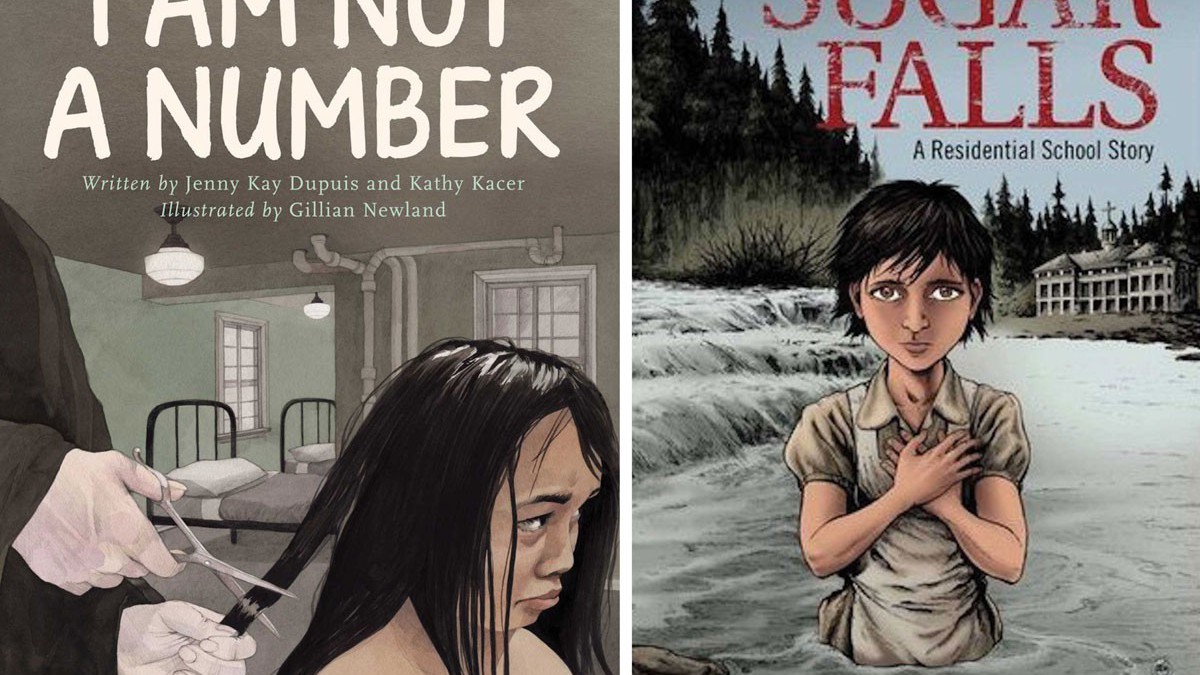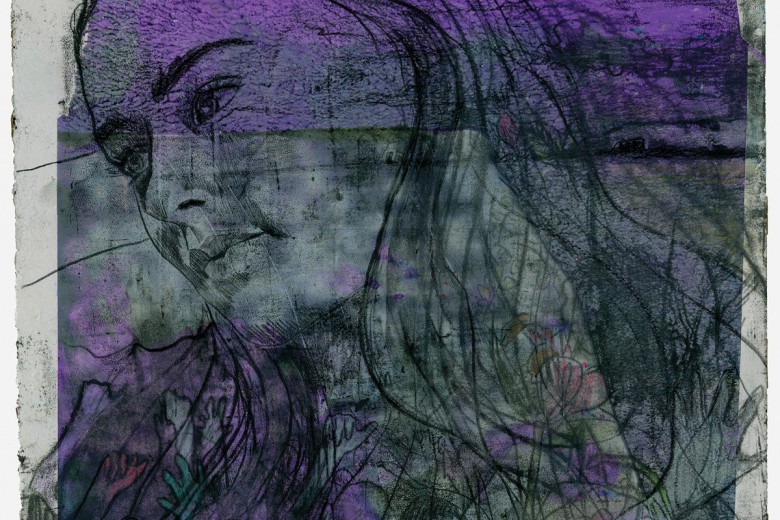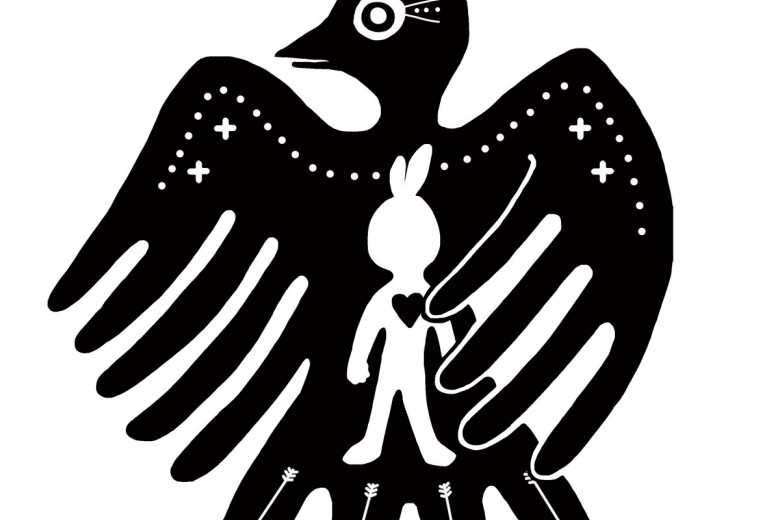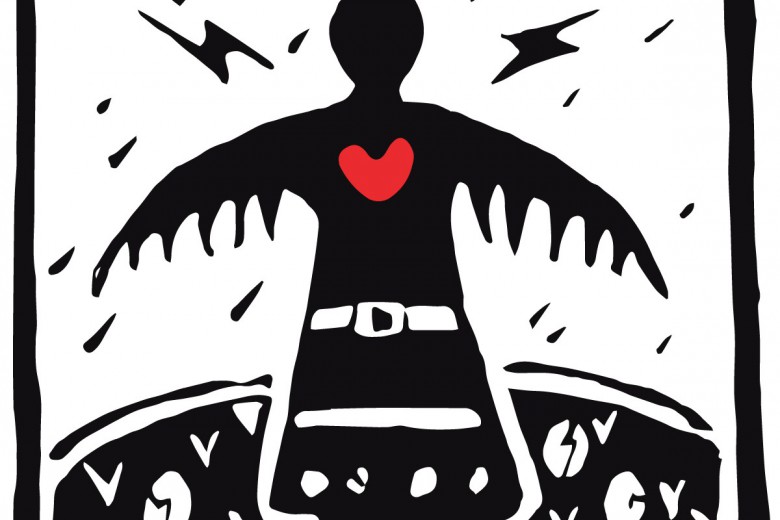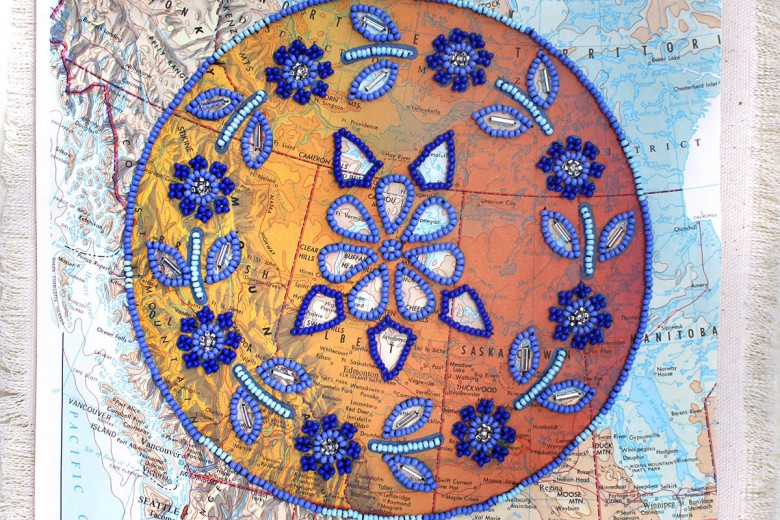I Am Not A Number
By Jenny Kay Dupuis and Kathy Kacer
Second Story Press, 2016
Sugar Falls: A Residential School Story
By David Alexander Robertson
Portage and Main Press, 2012
This book review features 10-year-old Tanson Pitawanakwat Acoose in discussion with Chris Kortright at Turning the Tide, an independent bookstore in Regina. Tanson chose two books about residential school that he argued are important for kids to read. We felt it was important that the readers of Briarpatch’s special issue on subverting Canada 150 hear about the books that are important to kids themselves. Tanson shares his reflections on these books in his own words.
What is the name of the first book you chose?
I Am Not a Number.
Tell me the story of the book.
There was a girl; she was forcefully taken to residential school. Instead of having a name, or being known by a name, she was just a number. Her number was 759. Her name is Irene before … I mean her name is Irene. She is eight years old. The Indian agent took her. Her younger brother and her older brother are taken there, too. The rest of her siblings were too old and too young to be taken. All three were taken together.
Her mom says, “Never forget who you are,” and she never did. They tried to wash all the brown off her. Like, tried to wash away her skin colour. It kinda worked. They cut her hair, and she was forced to eat terrible food, pray a lot, and they made her wear different clothes.
She’s eight years old, she doesn’t want to go to residential school. She finally gets back home … not by escaping, but she got to go home for the summer. She told her parents about what terrible things happened, and in the end they never went back to residential school.
How come they didn’t have to go back?
Their older sister was keeping an eye out for the Indian agent, and when she saw him, she told the three that were going to have to go [back to the residential school] again. They went to hide in their father’s shop. The Indian agent never found them.
What is important about this book?
To me it didn’t seem sad. It teaches people how terrible residential school is. How scared kids could have gotten. How injured they could have been, like a bedpan of hot coals were purposely put on her hands because she spoke Ojibwe. She is not allowed to speak Ojibwe!
What is the name of the second book you chose?
This one is called Sugar Falls: A Residential School Story.
Can you tell me the story?
It’s a grandmother telling a story. A school kid is trying to get a story for his class. He has to tell a story about residential school. His friend’s grandmother went to residential school, so the grandmother tells her story.
When she was five, her mother kicked her out of the house. For a while, she just had to walk. Try to find someplace to stay safe. Then someone found her under a canoe. Yeah, she was pretty happy about that. Then she’s taken to residential school.
So, the people who found her took her to the residential school?
No! The people who found her took care of her, but then she was taken to residential school. So, she had some friends when she was at school. Well, it was pretty terrible. There was this one girl who was writing, I don’t remember if it wasn’t fast enough or not in English, so her hand was slapped with one of those wooden thingies.
A ruler?
Yeah, smacked with a ruler. At one point she got whacked in the ear so hard that she lost her hearing in one ear.
One night, she was going to escape … well, her friends were going to, but then one friend drowned. Drowned while they were trying to escape. I think some of them escaped. The grandmother did not escape. She did not even leave the building.
The kid finally has his story. Well, he is not really a kid but a teenager. So, he has his story, which was the grandmother’s untold story.
Why did you choose to talk about this book, Sugar Falls: A Residential School Story?
It has good graphics and good story. It’s an important book for kids to read for the same reason as I Am Not a Number. It can tell people how terrible residential school can be because in both these books their hair was cut, they were made to wear uncomfortable clothes, and do a bunch of hard work. Um … and [they were] abused when they spoke Ojibwe.
So, to the parents who are reading Briarpatch, what do you want them to know about these two books?
They should buy them for their kids because it’s important to learn about residential school. Not just Indigenous kids.
You mean it’s important for settlers as well?
Yes. So they can learn about terrible things that have happened to kids other than them. And the books are kind of not sad, it’s kind of a happy ending for all of them. In I Am Not a Number, the girl finally escaped. And in Sugar Falls, the grandmother was finally finished in residential schools and the grandmother telling her story, which no one knew … which is good. It’s important for grandparents to tell these stories. I Am Not a Number and Sugar Falls are based on true stories.


